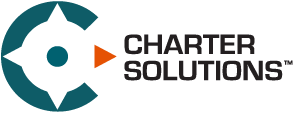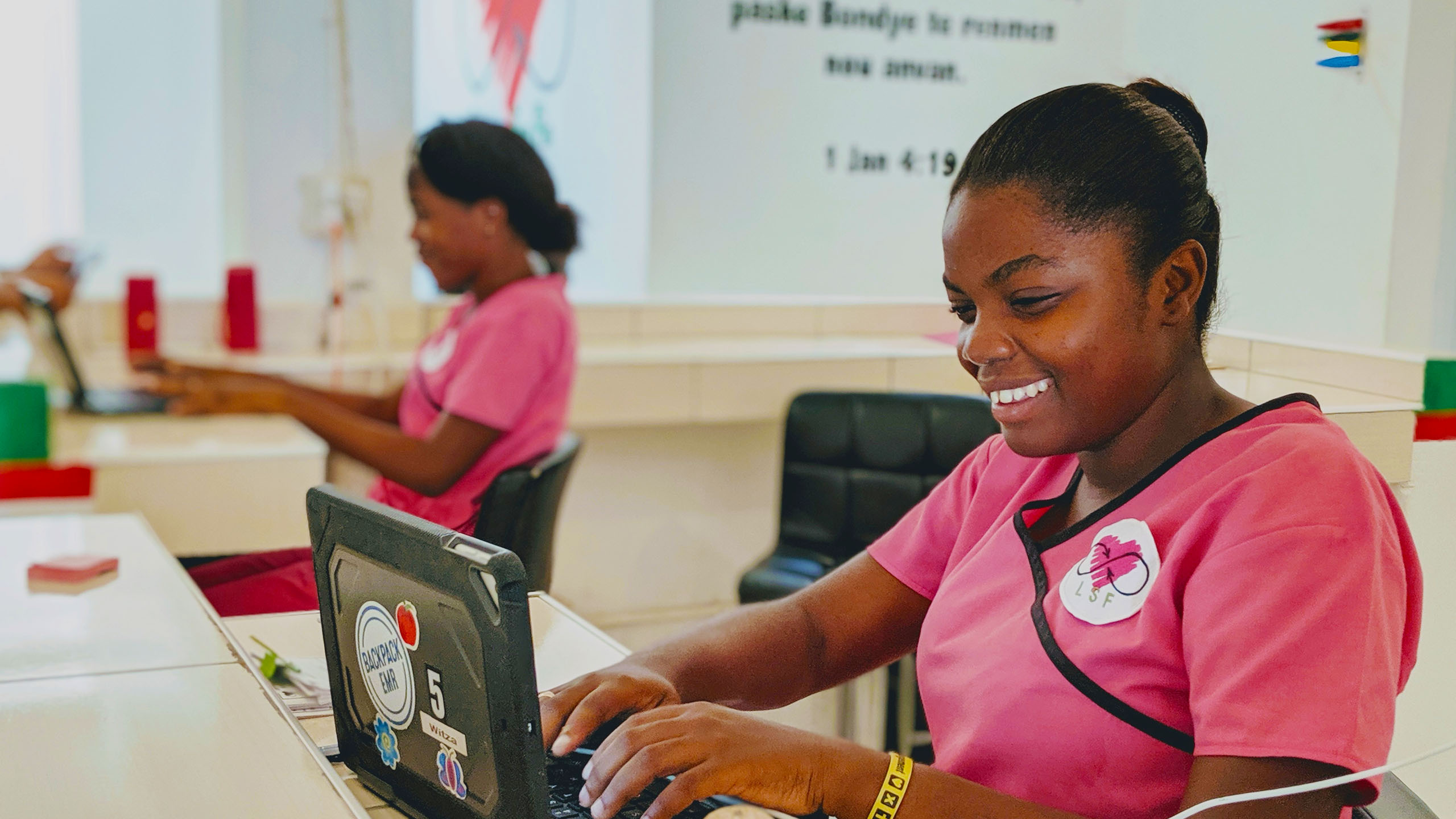Charter Solutions client interview:
Lori Most, Binary Bridge
Lori Most has put her talents to work for some of Minnesota’s biggest companies, from UnitedHealth Group to C.H. Robinson to Target. Lori began her career in coding and software development before transitioning to design, UI, and product management. And while she has certainly achieved much professionally over the years, Lori found herself yearning for an opportunity to make a difference in the world.
Finding inspiration and a new mission
Lori found her calling in 2013 when she took a trip to Peru with her sister who is a physician assistant. On this trip, a group of volunteer physicians was performing orthopedic surgeries at no cost for the community. With a love of automation and making things work better, Lori saw immediately that the group was using paper for everything, which was a problem because of the high volume of patients they treated each day.
“Sometimes paper is the right solution, but with the volume of patients they were treating and two surgeons, they were shuffling papers around and using different devices just to capture the information. Even if they had the records scanned on a laptop, they weren’t cataloged or searchable in any way.”
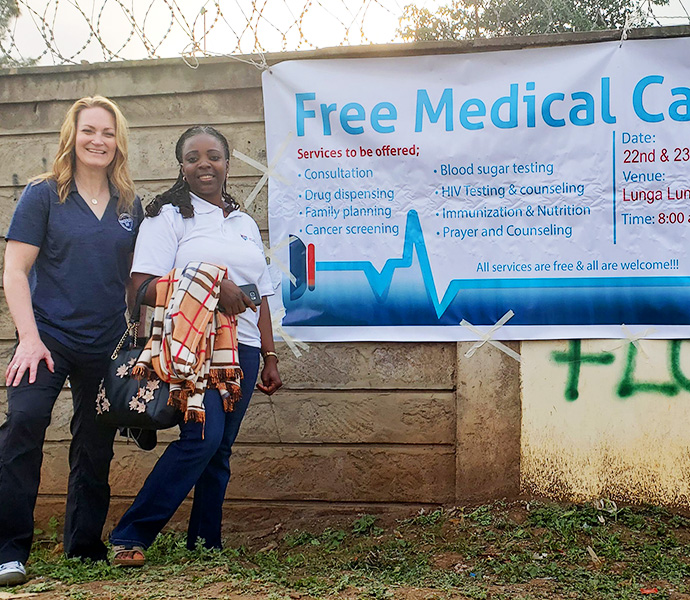
Realizing that what these traveling clinicians needed was a shared patient data file – or electronic medical record – Lori created BackpackEMR, a product of her company Binary Bridge.
A portable EMR for remote clinicians
“EMRs are everywhere in the United States, but they don’t translate to remote areas because they require Internet or a local server, as well as electricity,” said Lori. “When designing BackpackEMR, I had three primary requirements: It had to be faster than paper; it had to streamline their work and not add more steps to their process; and it had to be reliable.”
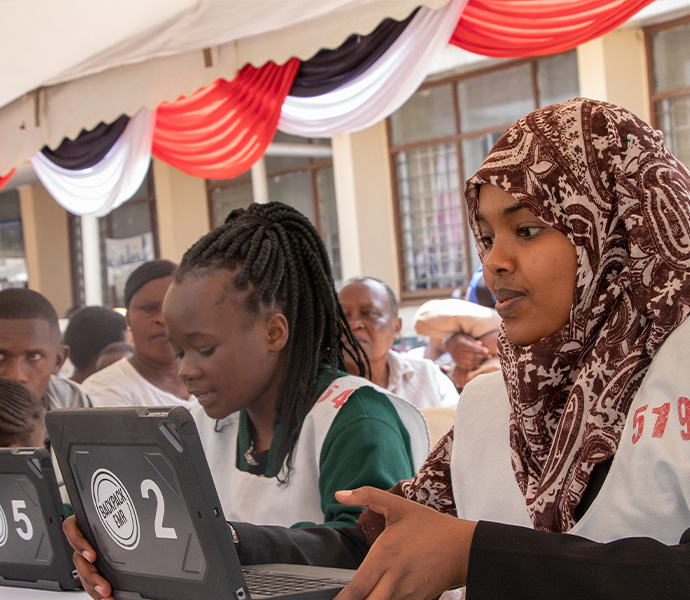
To overcome the lack of electricity, internet, and servers, Lori built BackpackEMR to work on tablets because they have a longer battery life, which means physicians have reliable access during the day and can simply recharge the tablets after their shift. Battery packs and routers are used to create a local WiFi network that all the tablets connect into. And, to ensure the data is secure and accessible, the BackpackEMR application is shared across all tablets being used at a specific location, while data is stored in the cloud for secure and simple telehealth access via the BackpackEMR admin portal.
The first iteration of BackpackEMR was used in Pucallpa, Peru in the middle of the Amazon Jungle. Today, 30 clinical organizations of varying sizes subscribe to BackpackEMR and while most of these groups operate single clinics, other groups manage up to four clinics at a time, with one group operating in nine different regions. In almost all cases, the American clinicians work with a local team that operates the clinic on a regular basis.
Transforming healthcare delivery through data
Access to data is the main reason healthcare organizations use EMRs, so Lori turned to the data experts at Charter Solutions to develop the reporting dashboard within Backpack EMR. The dashboard allows physicians to track disease trends, treatment effectiveness, operational metrics for clinics, and much more.
“Charter Solutions was able to pretty quickly take our data from AWS and spin up QuickSight, which gives physicians access to powerful data and visualization tools,” said Lori. “The dashboard not only helps in treating patients, but it allows these groups to demonstrate the impact they’ve had in a community. This is important for attracting donors, as well as showing volunteers how they have changed the lives of people in different parts of the world.”
As Lori continues to evolve BackpackEMR, Charter Solutions will provide expertise in implementing additional dashboards and data visualization tools, such as QuickSight, which will make the data more meaningful and actionable. And, while pop-up clinics are still a primary setting for BackpackEMR, the system is now being used increasingly in permanent local clinics and will ultimately support clinic operations like inventory management, appointment scheduling, and billing.
“While the work I’ve done in corporate IT over the years was definitely important, I’ve also seen firsthand through volunteer work that nonprofits are notoriously behind when it comes to technology and data analytics,” said Lori. “Creating BackpackEMR allowed me to meet a very real need in healthcare and for people around the world, while writing the next chapter in my career.”
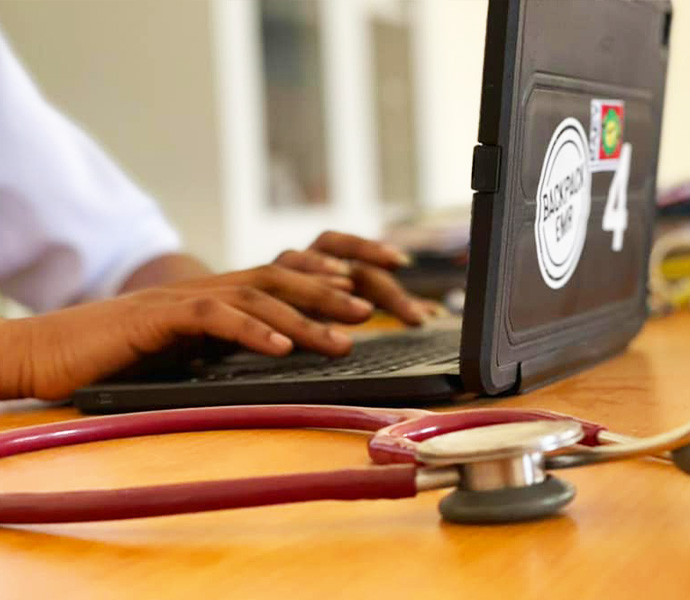

Lori Most has put her talents to work for some of Minnesota’s biggest companies, from UnitedHealth Group to C.H. Robinson to Target. Lori began her career in coding and software development before transitioning to design, UI, and product management. And while she has certainly achieved much professionally over the years, Lori found herself yearning for an opportunity to make a difference in the world.
Finding inspiration and a new mission
Lori found her calling in 2013 when she took a trip to Peru with her sister who is a physician assistant. On this trip, a group of volunteer physicians was performing orthopedic surgeries at no cost for the community. With a love of automation and making things work better, Lori saw immediately that the group was using paper for everything, which was a problem because of the high volume of patients they treated each day.
“Sometimes paper is the right solution, but with the volume of patients they were treating and two surgeons, they were shuffling papers around and using different devices just to capture the information. Even if they had the records scanned on a laptop, they weren’t cataloged or searchable in any way.”
Realizing that what these traveling clinicians needed was a shared patient data file – or electronic medical record – Lori created BackpackEMR, a product of her company Binary Bridge.
A portable EMR for remote clinicians
“EMRs are everywhere in the United States, but they don’t translate to remote areas because they require Internet or a local server, as well as electricity,” said Lori. “When designing BackpackEMR, I had three primary requirements: It had to be faster than paper; it had to streamline their work and not add more steps to their process; and it had to be reliable.”

To overcome the lack of electricity, internet, and servers, Lori built BackpackEMR to work on tablets because they have a longer battery life, which means physicians have reliable access during the day and can simply recharge the tablets after their shift. Battery packs and routers are used to create a local WiFi network that all the tablets connect into. And, to ensure the data is secure and accessible, the BackpackEMR application is shared across all tablets being used at a specific location, while data is stored in the cloud for secure and simple telehealth access via the BackpackEMR admin portal.
The first iteration of BackpackEMR was used in Pucallpa, Peru in the middle of the Amazon Jungle. Today, 30 clinical organizations of varying sizes subscribe to BackpackEMR and while most of these groups operate single clinics, other groups manage up to four clinics at a time, with one group operating in nine different regions. In almost all cases, the American clinicians work with a local team that operates the clinic on a regular basis.
Transforming healthcare delivery through data
Access to data is the main reason healthcare organizations use EMRs, so Lori turned to the data experts at Charter Solutions to develop the reporting dashboard within Backpack EMR. The dashboard allows physicians to track disease trends, treatment effectiveness, operational metrics for clinics, and much more.
“Charter Solutions was able to pretty quickly take our data from AWS and spin up QuickSight, which gives physicians access to powerful data and visualization tools,” said Lori. “The dashboard not only helps in treating patients, but it allows these groups to demonstrate the impact they’ve had in a community. This is important for attracting donors, as well as showing volunteers how they have changed the lives of people in different parts of the world.”

As Lori continues to evolve BackpackEMR, Charter Solutions will provide expertise in implementing additional dashboards and data visualization tools, such as QuickSight, which will make the data more meaningful and actionable. And, while pop-up clinics are still a primary setting for BackpackEMR, the system is now being used increasingly in permanent local clinics and will ultimately support clinic operations like inventory management, appointment scheduling, and billing.
“While the work I’ve done in corporate IT over the years was definitely important, I’ve also seen firsthand through volunteer work that nonprofits are notoriously behind when it comes to technology and data analytics,” said Lori. “Creating BackpackEMR allowed me to meet a very real need in healthcare and for people around the world, while writing the next chapter in my career.”
